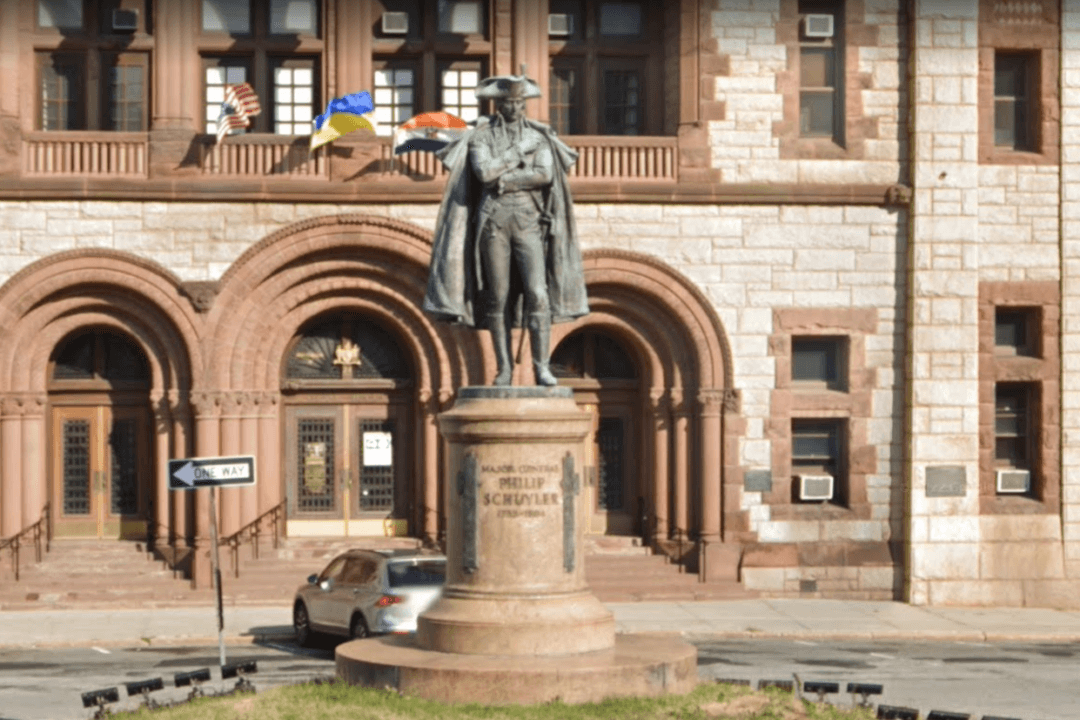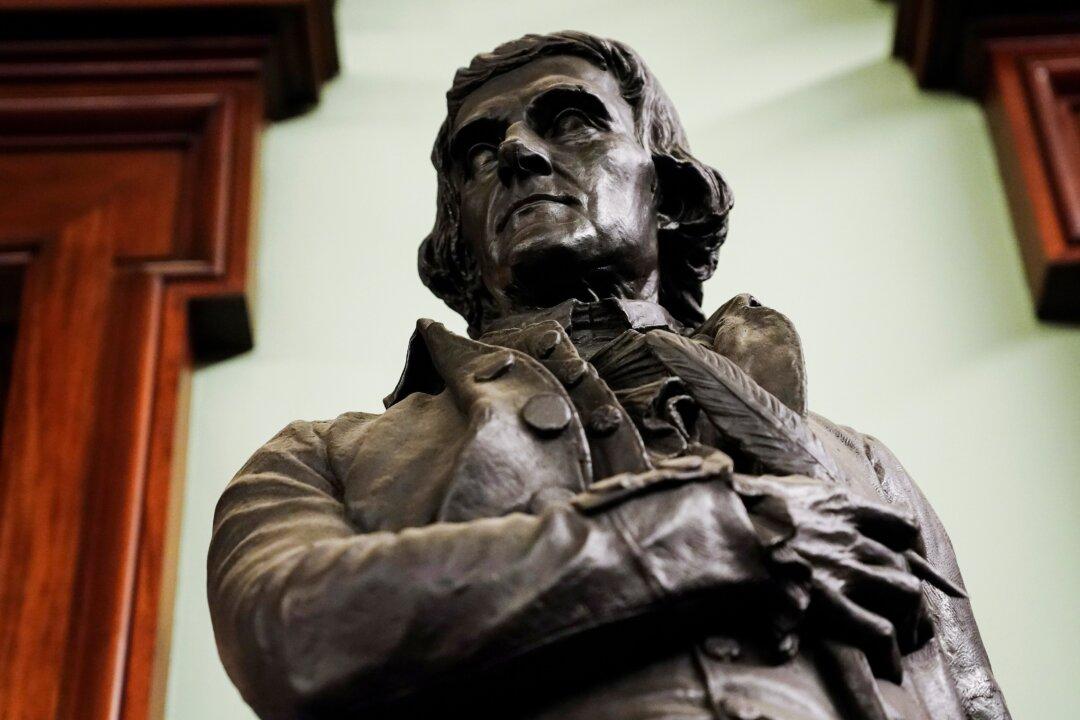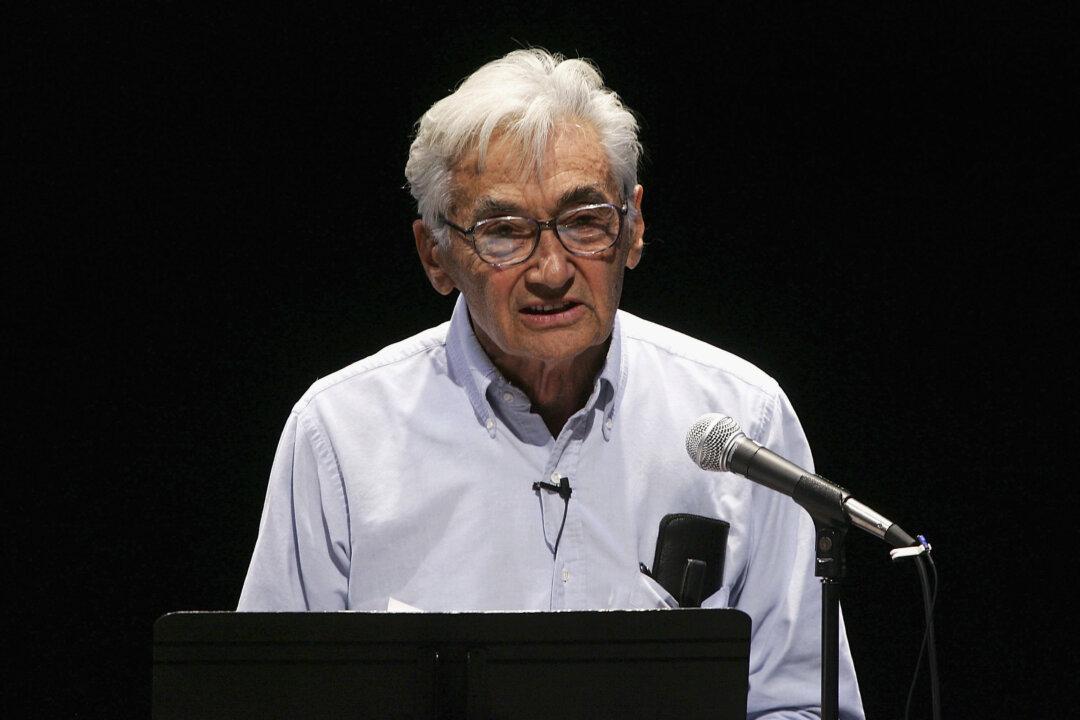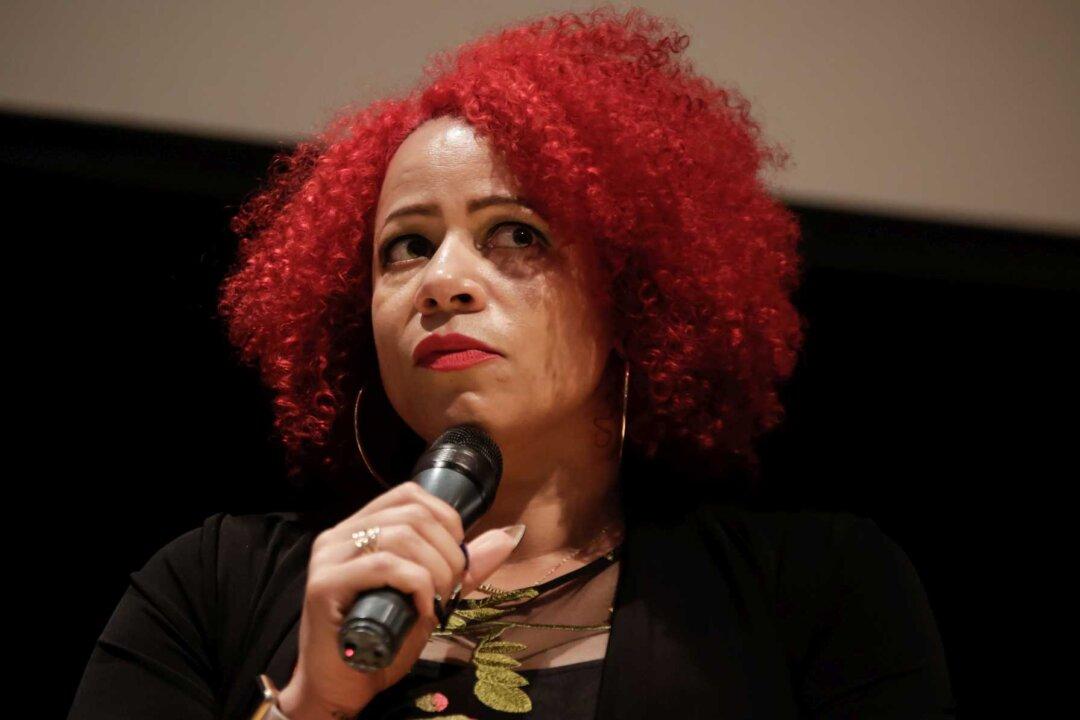Commentary
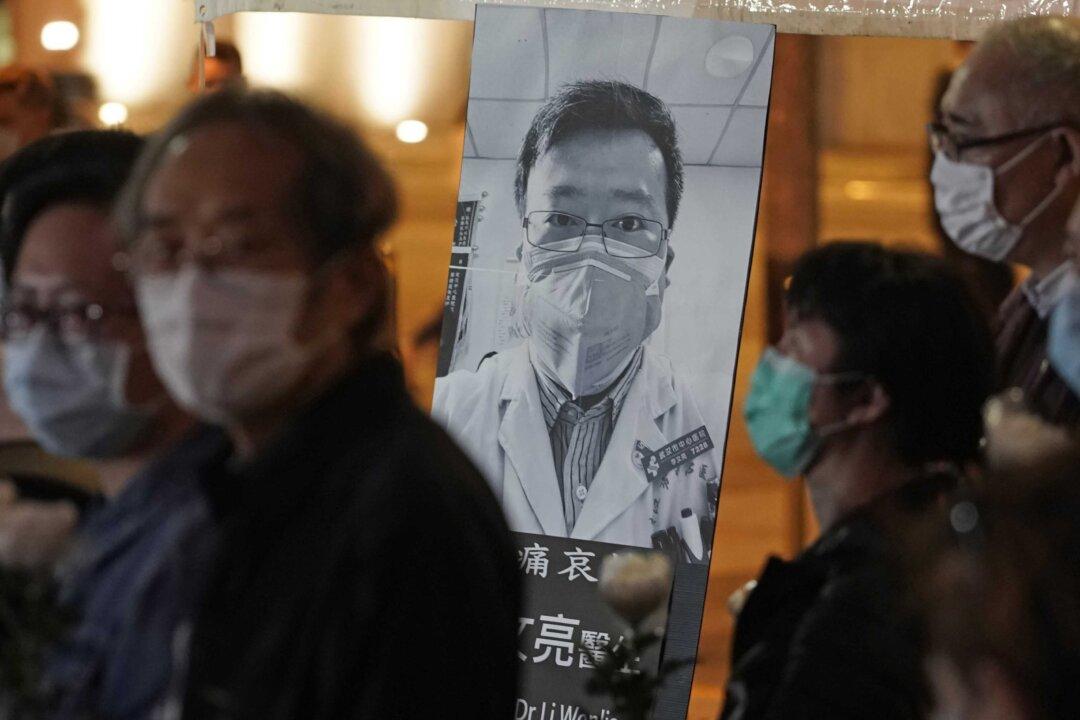
People wearing masks attend a vigil for Chinese doctor Li Wenliang, who was reprimanded for warning about the outbreak of the new coronavirus, in Hong Kong, on Feb. 7, 2020. Kin Cheung/AP Photo
|Updated:
Mary Grabar holds a doctorate in English from the University of Georgia and taught in a number of colleges in Georgia, most recently Emory University. In 2014, she became a resident fellow at The Alexander Hamilton Institute for the Study of Western Civilization and wrote two books, “Debunking Howard Zinn: Exposing the Fake History That Turned a Generation against America” (2019) and “Debunking The 1619 Project: Exposing the Plan to Divide America” (2021). More information and articles can be found at MaryGrabar.com and DissidentProf.com.
Author’s Selected Articles

